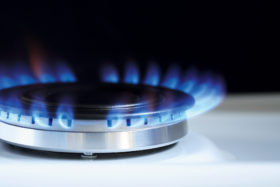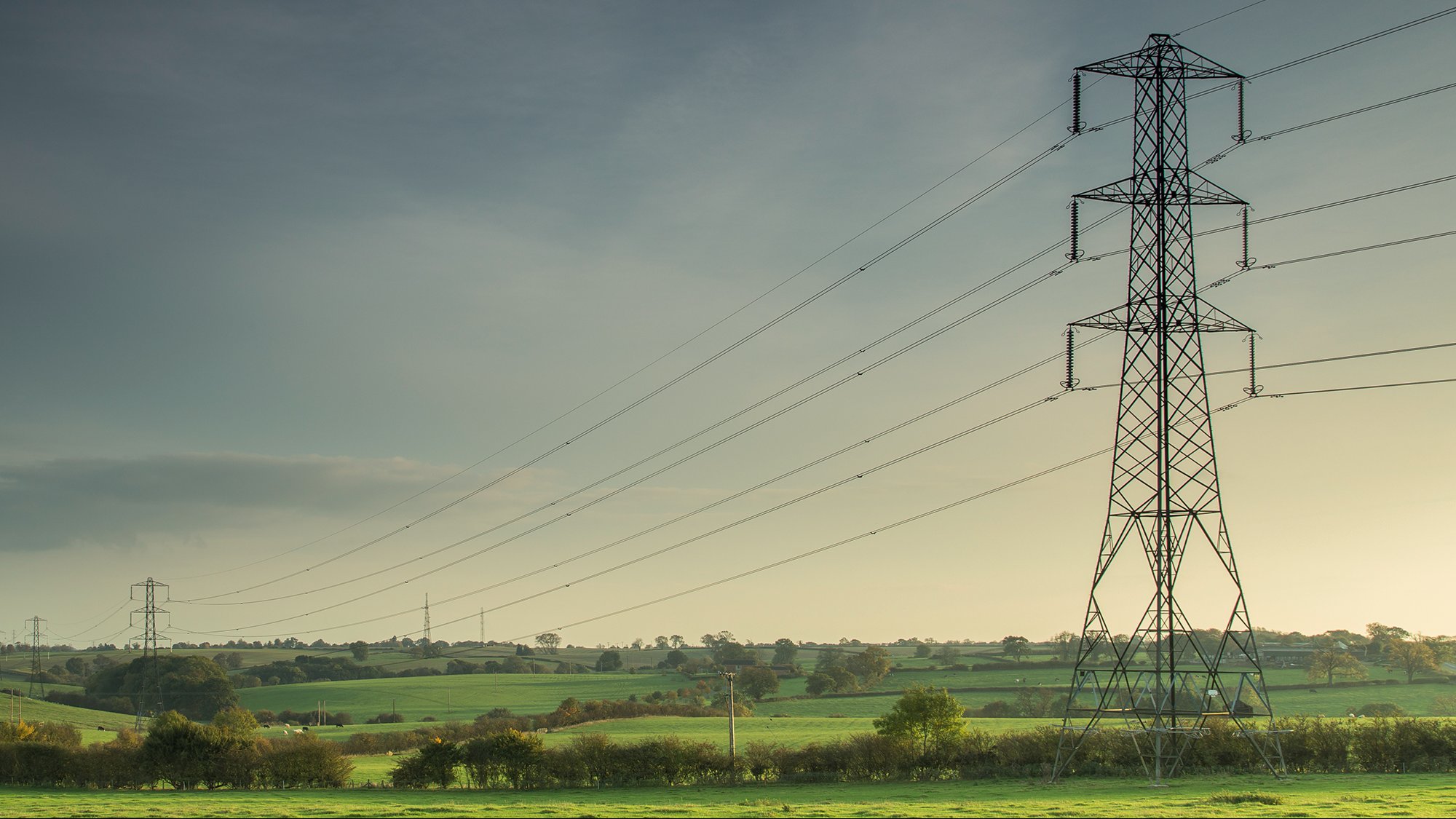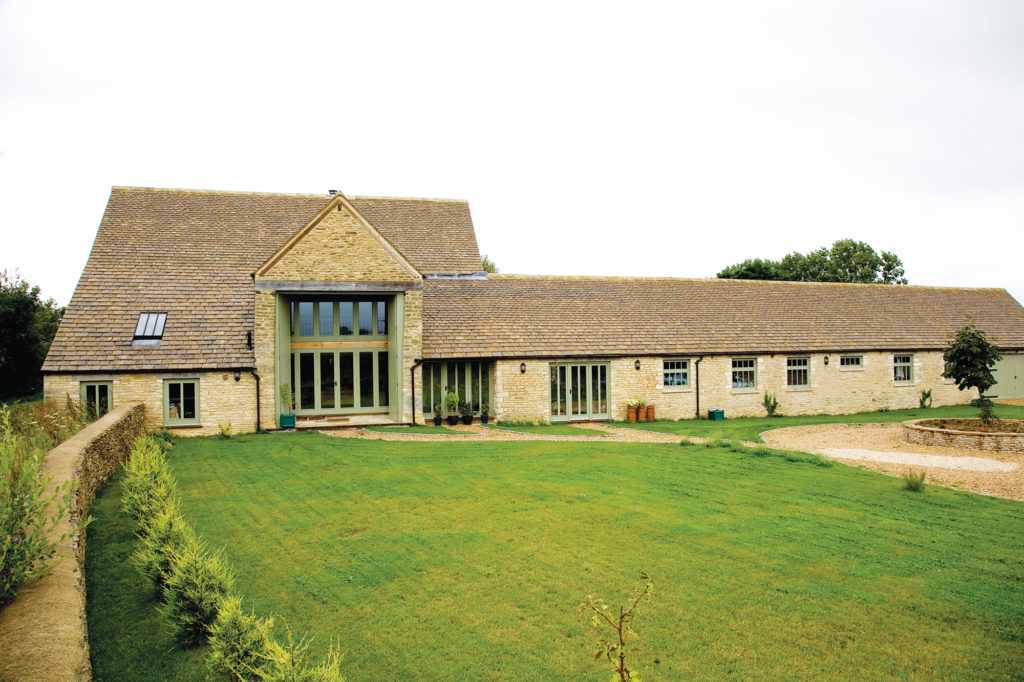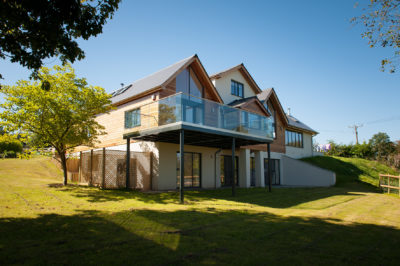How to get Electricity on Site
Regardless of how much renewable tech you’re planning to install, nearly every self-build home needs a mains electricity supply.
The UK’s electrical distribution is owned, coordinated and controlled by a series of distribution network operators called DNOs. The national territory is divided into six principal zones, and there are plenty of sub-divisions including independent distribution network operators (IDNOs) as well as specialist service companies that focus on business and big electrical users.
Utility companies often get bad press about how complicated their processes are. However, Ofgem (a non-ministerial government department acting as a national regulatory authority) has helped to shape their operating procedures. So all of them, regardless of region, are legally bound to provide new supply services at fair market prices within acceptable timeframes.
There’s still plenty of paperwork involved, but it’s not as complex as you might think it will be; plus, the companies I have spoken to have always been very helpful.
Connecting to an existing supply
If you’re planning to knock down and rebuild an existing structure on its original footprint, you’ll need to establish the current electrical supply route and where the existing meter is located.
Older properties may well be served by overhead cables from a nearby pole, whereas newer buildings are likely to have underground supplies. Either way, the meter is going to have to be moved while the house is demolished, which will trigger an application to your DNO. You’ll probably want access to electricity during the build, and possibly for a mobile home on site.
So your application to the DNO should be for the existing meter to be terminated and a temporary supply provided to somewhere out of the way, yet fully accessible. Once the house is completed, this temporary supply will need to be re-routed to a permanent meter location.
As part of the application, your DNO will do a site survey and their quote will include an appraisal of the existing supply cables. This will let you know if these need to be upgraded in any way for the temporary and/or the permanent final solution.
No pre-existing supply
If you are purchasing a building plot or a derelict building with no existing mains electricity, then approach your DNO as early as possible. This is not so much about quickly getting your supply on site, but more about cost clarity.
The DNO’s job is to work out a way of getting a sufficient supply to your plot and that means they need to assess their poles, cables and sub-stations in your geographical location and see what might be needed.
Very rural sites may need extensive trench work or the introduction of several new poles – and this is what adds to the fee. The price of these supplies is a site-specific matter and, where costs become excessive, the value of the plot should be reduced to compensate for these infrastructure charges.
This means you should always get a DNO quote for electricity supply before buying a very secluded site. With a new build project, the fee should be for a temporary supply to a qualifying kiosk and then ultimately to the new permanent meter location.
Read more: Complete Guide to Connecting to Services
The application process
The first thing to do is identify and contact your relevant DNO and get hold of their application form. Once this is submitted, the request will be registered and allocated to one of the company’s design engineers.
The engineer will undertake a site survey to investigate the location of their assets (poles, cables etc) and to determine what needs to be done. This will involve a mixture of work, possibly on other people’s private plots (for which the DNO usually has wayleave rights), public land such as highways and verges, and your site.
They will then give you a quote that’s valid for 90 days, usually provided around four weeks from successful registration of your application.
Accepting the quote will involve you paying up front; so many self-builders only proceed once they’re sure about their timetable. Sometimes the 90-day period expires, which means a new quotation needs to be prepared, which will take more time and is likely to cause delays.
There are also elements of the quoted work that can be done by other accredited contractors, which are referred to as contestable works.
Non-contestable jobs include anything to do with the main grid or the temporary shut down of supplies in order to make connections, which only a DNO can do.
Contestable work is to do with other parts of the process – trench digging, pole installation and cable laying. Only accredited companies can do these jobs, so it’s not for your average contractor or electrician.
So, some self-builders may wish to source alternative quotes for these contestable items in an attempt to reduce the overall cost, but this might inadvertently cause complications and some further delays.
Having accepted the DNO’s quote, the works must be executed within12 months. You will be expected to nominate your preferred dates and their lead time is about 8-10 weeks from that point. However, if you confirm the contract and make a payment without a clear timeframe agreed, a new quotation will be necessary to verify any uplift in specification or cost.
In summary, the ideal route is for you to submit your application, receive and accept the DNO’s quotation, pay your fees, instruct the works and agree a schedule for works on site. Delays and complications arise when the 90-day and 12-month periods expire, as this means the process has to be revisited.
Who can I hire?
If you are digging trenches in main highways or pavement locations, the local authority (LA) will insist that a licensed professional is used. To get an LA licence, the contractor must demonstrate certain key skills (mostly about health and safety, traffic management etc), attend relevant training courses and have sufficient insurances in place.
In order to lay electrical cables up to and including the cut-out (the connection between an outside power supply and the property’s internal wires) your accredited contractor needs to be a registered ICP (independent connection provider).
You can gather comparative quotes from a licensed highways contractor and an accredited ICP, but you will still need your DNO for the ultimate connection.
As far as the final meter is concerned, you will have this installed by the provider that fits the meter onto your cut-out (which is supplied by the DNO or DNO/ICP team). The DNO will give you a meter point administration number (MPAN), which you will pass onto your provider.
Of course, you can dig compliant trenches on your own site yourself and you can even lay stretches of compliant ducting, but you and your electrician cannot place the cables yourself up to the meter.
If you have a temporary supply on a site boundary, then your electrician can place appropriate cables from the meter location for servicing the site during the build. Some folks will make an edge of site kiosk permanent and, in circumstances such as these, the internal distribution and compliance of cables will come down entirely to your electrician’s design.

































































































 Login/register to save Article for later
Login/register to save Article for later

















What is a suitable kiosk for the temporary connection?
Hi Brian. That would depend on the exact nature of your site and project, but in general a 70kVa connection to a temporary kiosk is suitable. Typically this forms part of the network operator’s work and should therefore be included in their quote.
Chris (Editor, Build It)